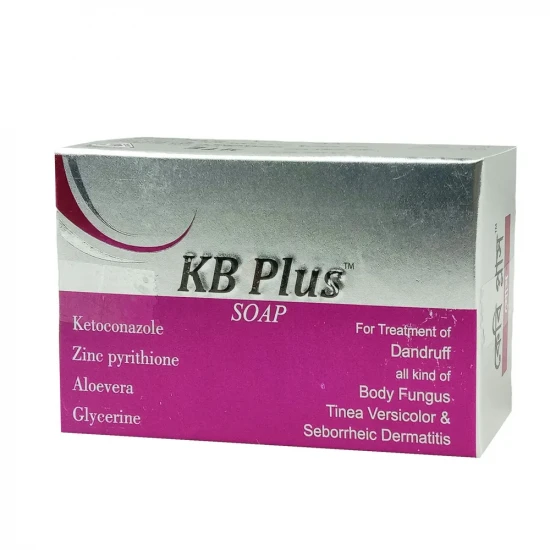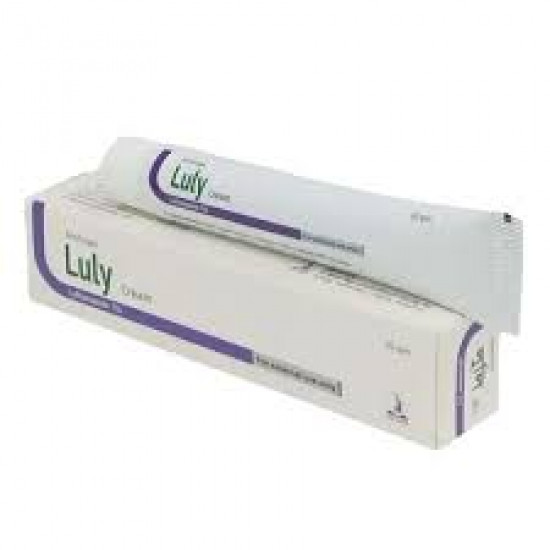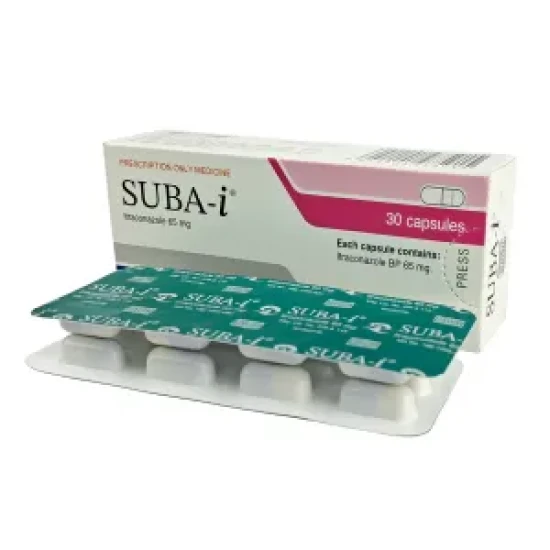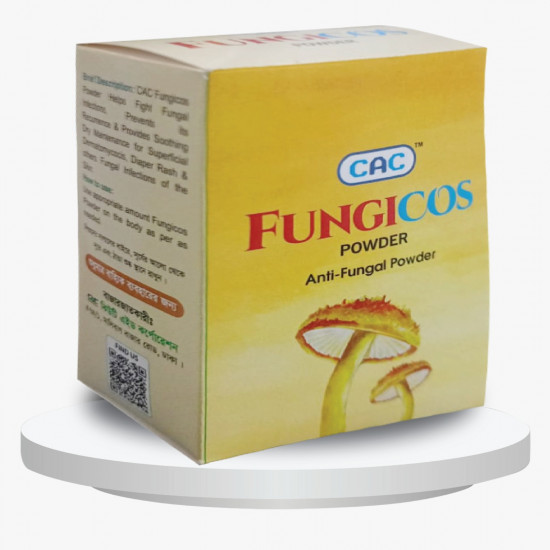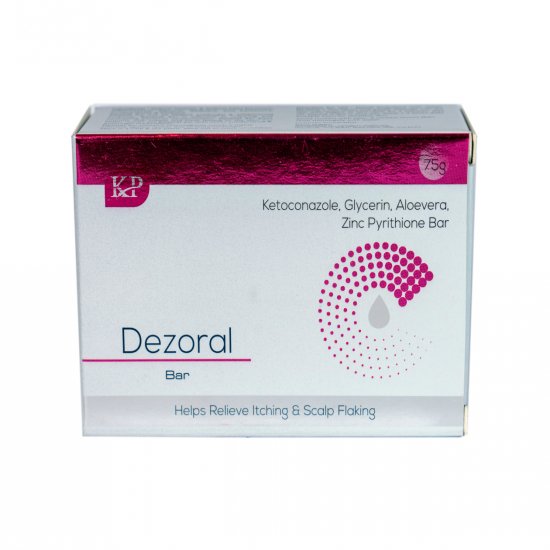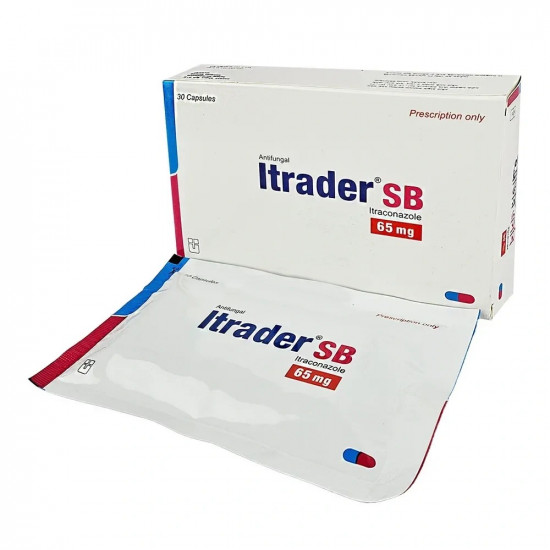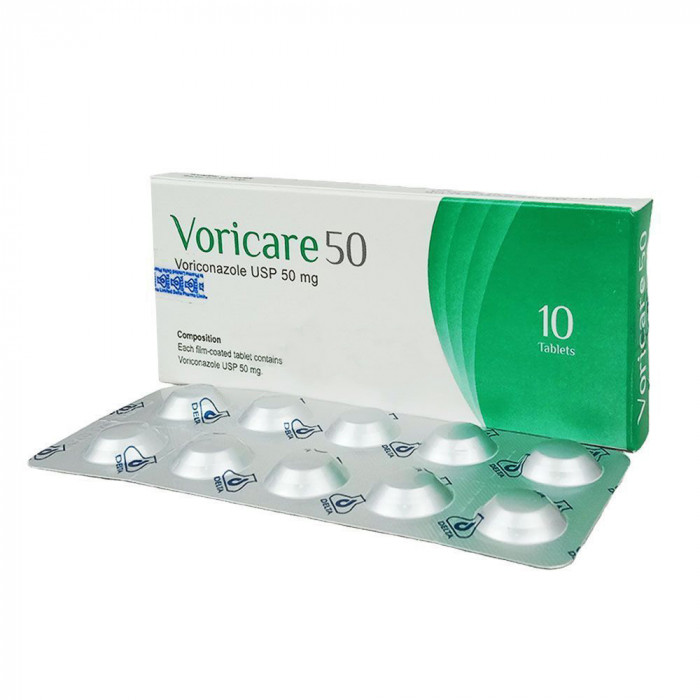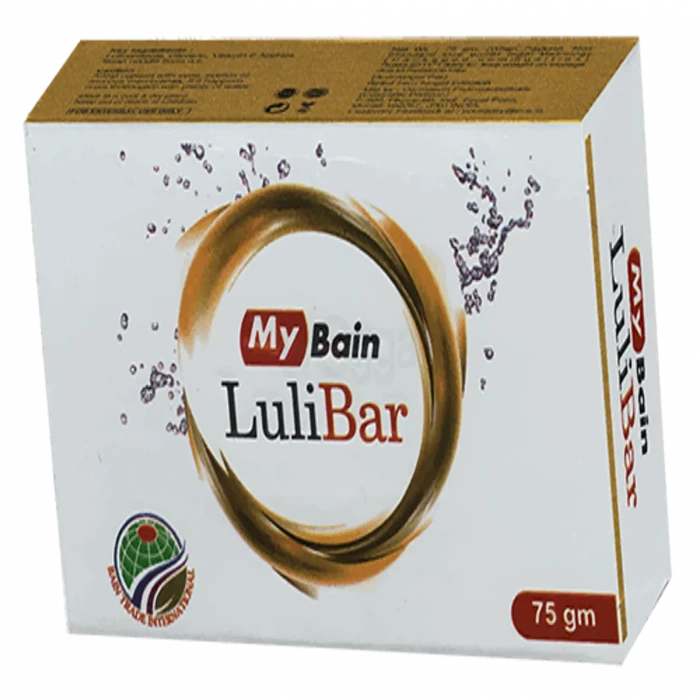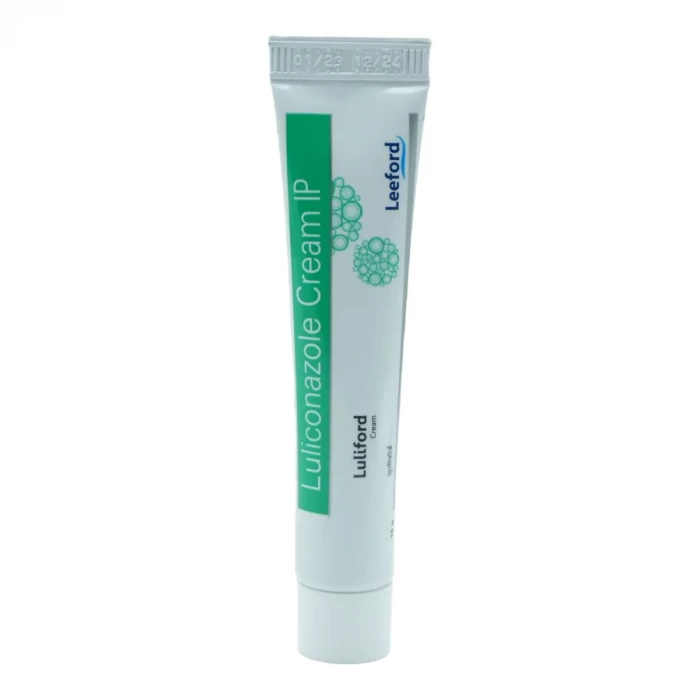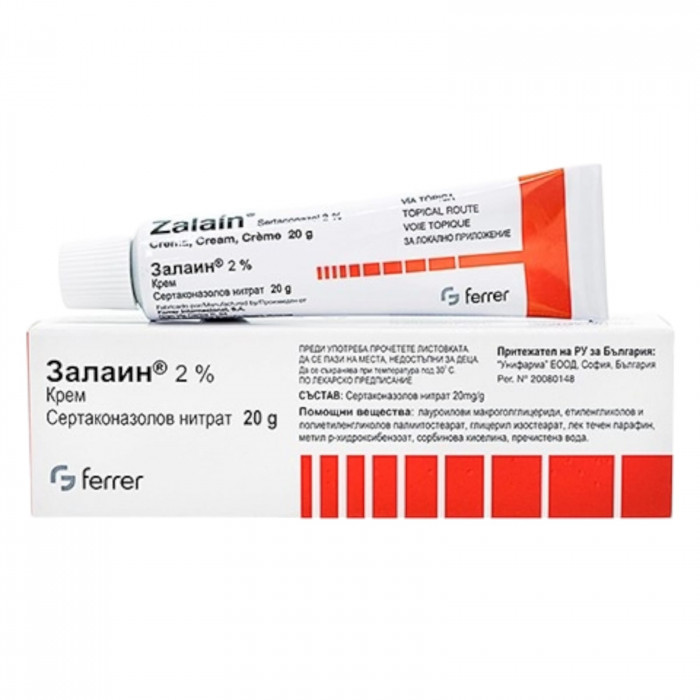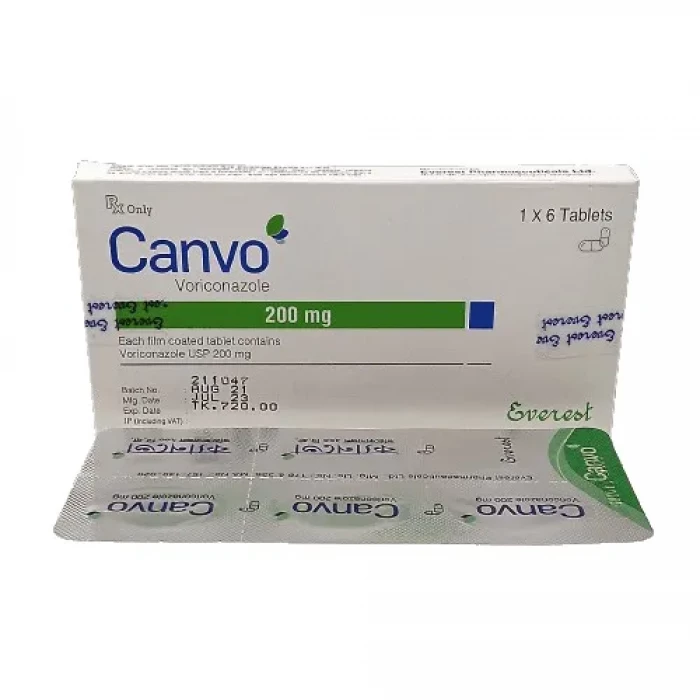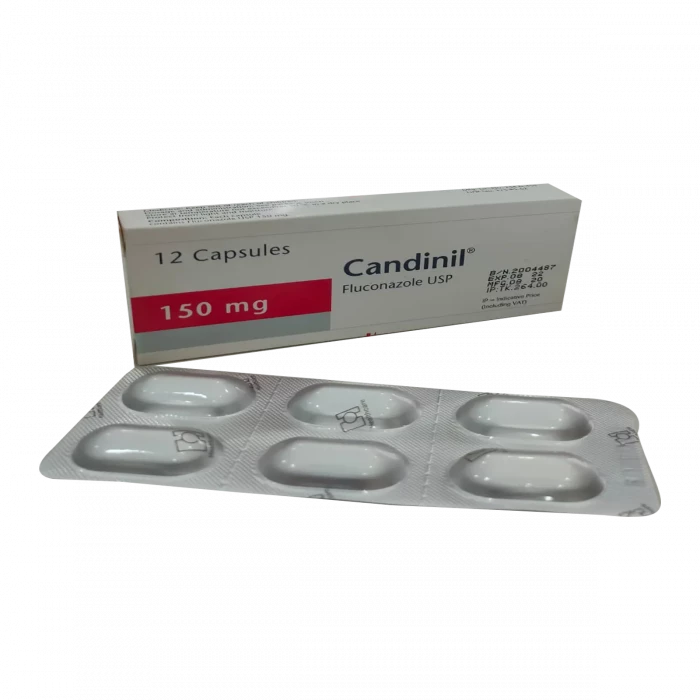
✔ 100% Authentic Product
👁️ Currently Viewing 2234
✅ Description:
Indications
Vaginal candidiasis, oropharyngeal & esophageal candidiasis, and cryptococcal meningitis are all treated with fluconazole. It can also be used to treat candida infections in the urinary tract, peritonitis, and systemic candida infections (including candidemia, disseminated candidiasis and pneumonia).
Pharmacology
Fluconazole is a triazole antifungal that is used to treat fungal infections. It's a strong inhibitor of cytochrome P-450-dependent enzymes in fungi. The ergosterol synthesis is carried out by the Cytochrome P-450 enzyme system, which is an important component of the fungal cell membrane.
Dosage & Administration
Adult (oral)-
Vaginal candidiasis: 150 mg as a single dose.
Oropharyngeal candidiasis: 200 mg on the first day, followed by 100 mg once daily. Clinical evidence of this infection generally resolves within several days, but treatment should be continued for at least 2 weeks to decrease the likelihood of relapse.
Esophageal candidiasis: 200 mg on the first day, followed by 100 mg once daily. Doses up to 400 mg/day may be used. Patients should be treated for a minimum of three weeks and for at least two weeks following resolution of symptoms.
Systemic candida infections: Optimal therapeutic dosage and duration of therapy have not been established. Sometimes, doses of up to 400 mg daily have been used.
Urinary tract infections caused by candida and peritonitis: 50-200 mg daily have been used.
Cryptococcal meningitis: 400 mg on the first day, followed by 200 mg once daily.
Prophylaxis in patients undergoing bone marrow transplantation: 400 mg once daily.
Child (oral):
Doses of 3-6 mg/kg daily have been used. Doses up to 12 mg/kg is recommended.
Intravenous-
Adult: Invasive candidal infections including candidaemia and disseminated candidiasis and cryptococcal infections including meningitis, by IV, 400 mg initially then 200 mg daily, increased if necessary to 400 mg daily, treatment continued according to response (at least 6-8 weeks for cryptococcal meningitis)
Child: 6-12 mg/kg daily (every 72 hours in neonate up to 2 weeks old, every 48 hours in neonate 2-4 weeks old); maximum 400 mg daily. Prevention of relapse of cryptococcal meningitis, by IV, 100-200 mg daily.
Interaction
When cyclosporin or phenytoin is used with Fluconazole, the plasma level of cyclosporin or phenytoin rises. The prothrombin time is prolonged when Fluconazole and warfarin are taken together. When Fluconazole is used with Rifampicin, the level of Rifampicin is reduced.
Contraindications
Patients who have a known allergy to fluconazole or similar triazole drugs should avoid using it.
Side Effect
Fluconazole is well tolerated. Most common side effects of using Fluconazole includes nausea, vomiting, abdominal pain, diarrhoea, headache and skin rash.
Pregnancy & Lactation
US FDA Pregnancy category of Fluconazole is C. So, Fluconazole should be avoided in pregnancy and lactation unless the potential benefits to the other outweigh the possible risks to the fetus.
Precautions & Warnings
Fluconazole should be administered with caution to patients having proarrhythmic conditions.
Storage Conditions
Keep in a dry place away from light and heat. Keep out of the reach of children.
⚠️Disclaimer:
At ePharma, we’re committed to providing accurate and accessible health information. However, all content is intended for informational purposes only and should not replace medical advice from a qualified physician. Please consult your healthcare provider for personalized guidance. We aim to support, not substitute, the doctor-patient relationship.





